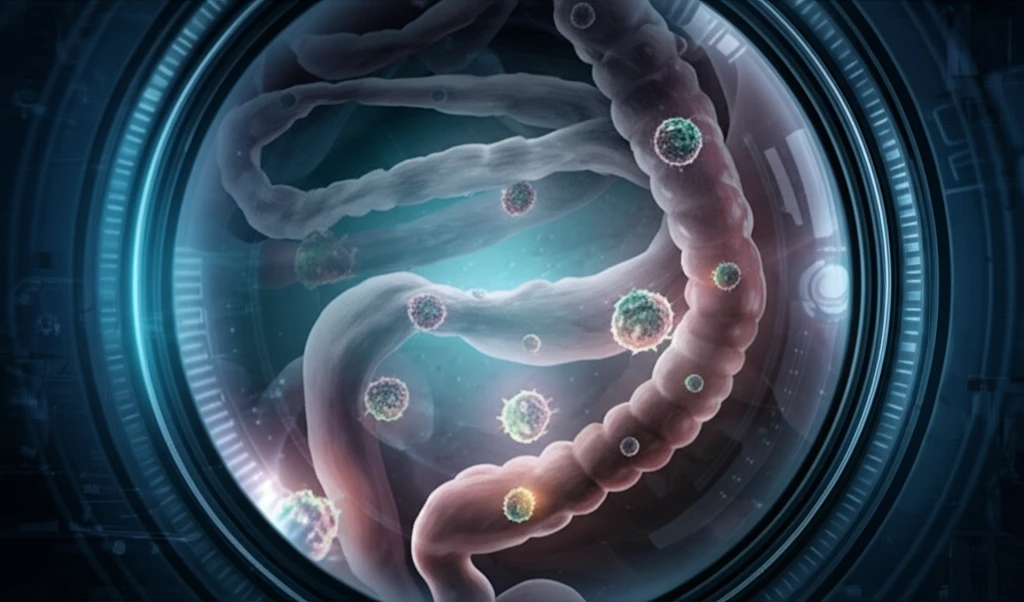
Stomach Submucosal Tumors: A Comprehensive Guide
"From detection to treatment, understand the landscape of stomach submucosal tumors and their management."
Stomach submucosal tumors (SMTs) encompass a variety of lesions within the digestive tract. These lesions develop from different layers of the digestive tube, ranging from deep within the mucosa to the serosa, and may originate from tumors or other non-tumorous sources. While the term 'subepithelial lesions' might be more accurate, SMT remains the preferred term in common practice, especially in endoscopy.
Distinguishing these lesions is crucial because some carry a potential for malignancy. SMTs are detected in approximately one out of every 300 endoscopies, with about 60% located in the stomach. Gastric SMTs are often asymptomatic, covered by normal mucosa, and discovered incidentally during endoscopies or radiological examinations. In other instances, digestive bleeding is the most frequent symptom.
When a submucosal-appearing lesion is detected during endoscopy, the initial step involves differentiating it from external compression. Endoscopy alone has limited efficacy for this purpose (39-69%). Endoscopic ultrasound (EUS) is the key examination, superior to endoscopy, transabdominal ultrasound, or computed tomography. EUS demonstrates a sensitivity of 92% and specificity of 100% in differentiating between SMTs and external compression in a prospective study. The subsequent step consists of determining the nature of the SMT, if possible.
Understanding the Nature and Origin of Stomach Tumors

Gastrointestinal stromal tumors (GISTs) are the most common mesenchymal tumors of the digestive tract, developing at the expense of Cajal cells or one of their precursors. They reside in approximately 65% of cases in the stomach and 25% of cases in the small intestine. GISTs are now perfectly defined on the nosological level, in particular by the expression in immunohistochemistry of the KIT protein (95% of cases). An activating mutation of the KIT genes or more rarely PDGFRA is found in approximately 85% of cases. Their potential for malignancy is all the more important as their size and their mitotic index are high.
- Schwannomas are very rare digestive tumors of nervous origin, benign, whose digestive location most frequently is the proximal part of the stomach. Schwannomas express protein S-100 in immunohistochemistry, but neither KIT nor desmin.
- Lipoma is a benign tumor consisting of mature fat cells. It is rarer in the stomach than in the colon.
- Other gastric mesenchymal tumors are exceptional. There are a small number of GISTs that do not express KIT in immunohistochemistry (5%). It is therefore recommended, in these cases where the histology is evocative of GIST, to search for a mutation of the KIT or PDGFRA genes.
The Importance of Ongoing Research
The incidental discovery of a gastric SMT during an endoscopy is quite frequent. Recent data has shown that GISTs are the most frequent tumorous lesion. EUS is the key examination for the study of gastric SMTs. It may allow in some cases to establish a presumptive diagnosis and guides the management modalities (monitoring, endoscopic or surgical resection, EUS-guided puncture). Prospective studies are needed to better understand the natural history of SMTs and to better define the role of EUS in the follow-up when a resection is not performed. This would allow to establish recommendations in the management of gastric SMTs that currently exist only for GISTs.
